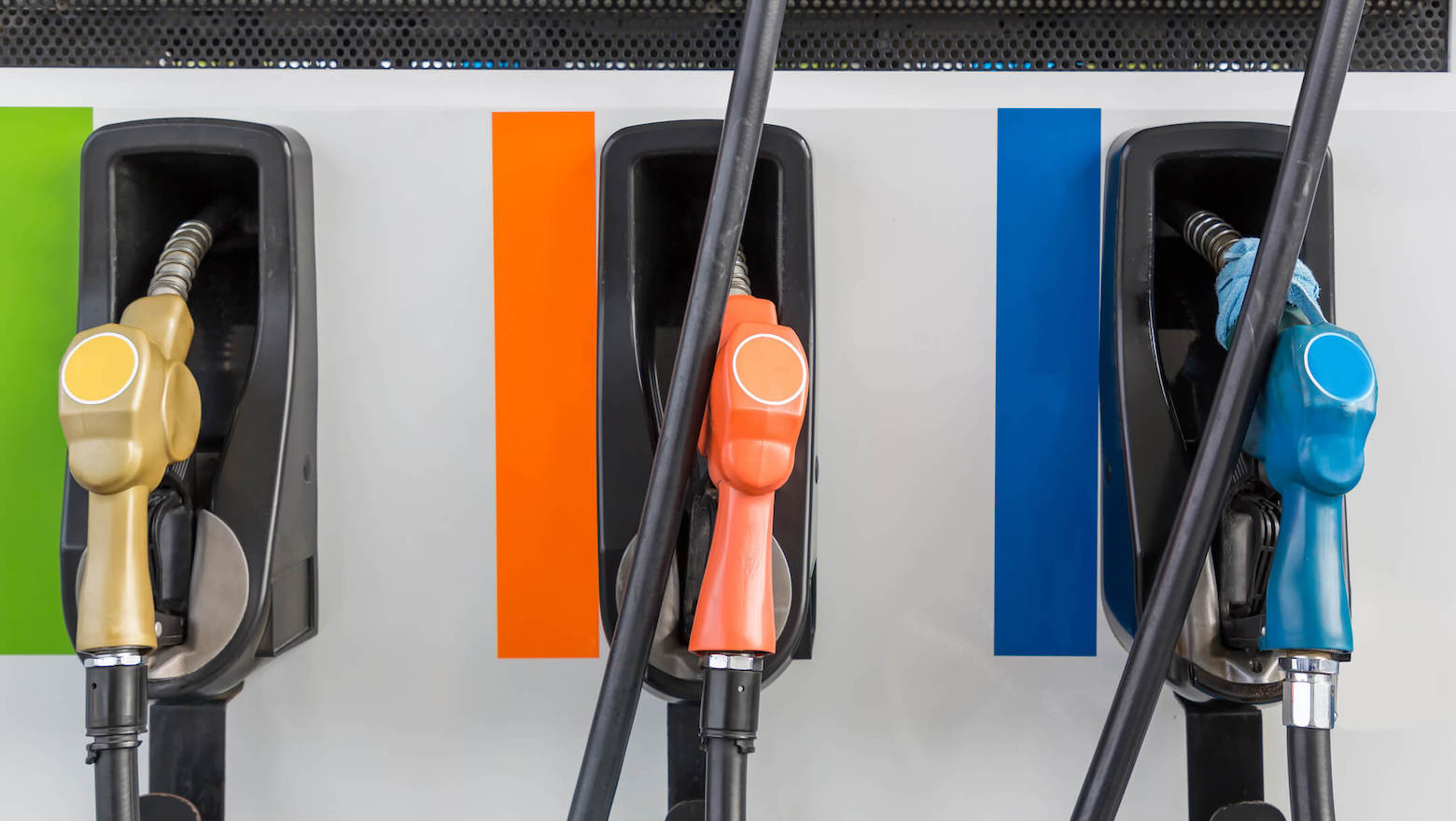Gas Still Expensive Though Oil Prices Are Down
After hitting a 14 year high in March, oil prices have dropped about 19%. Consumers who expected to see similar price reductions at the gas pump have been sorely disappointed.
The average cost of a gallon of gas is currently about $4.10, only 5.4% lower than its March peak. This leaves some confused and unhappy while refueling. During a Congressional hearing earlier this month, some Democrats blamed Big Oil, claiming energy companies are to blame for the high price of gasoline. Oil companies routinely deny these allegations.
A Complex Network
The system that determines the price of gas is complex and involves many independent players that all participate in a far-reaching network. About 9,000 independent operators drill for oil, which is then typically sold to large oil companies or refiners that turn it into gasoline. The US has 129 refiners.
The fuel is then delivered to more than 130,000 US gas stations. Although many of these stations are plastered with some of Big Oil’s logos, the vast majority are in fact independent operators who have paid for the rights to display those brand names. Large oil companies typically only own about 5% of US gas stations.
Slow to Change
Fuel prices are largely set by mom-and-pop businesses. Big box stores that sell gasoline such as Costco (COST) and Kroger (KR) also play a role.
Gasoline is a low-margin business, which makes timing price changes a tricky gamble for station owners, particularly when oil prices are so volatile. Some take a wait-and-see approach in order to avoid missing out on profits if prices are set too low, or sending customers elsewhere if they’re too high. Increased oil production will push oil prices lower, but it’s likely the cost of gas will be slow to follow.
Things are changing daily within the financial world. Sign up for the SoFi Daily Newsletter to get the latest news updates in your inbox every weekday.
Please understand that this information provided is general in nature and shouldn’t be construed as a recommendation or solicitation of any products offered by SoFi’s affiliates and subsidiaries. In addition, this information is by no means meant to provide investment or financial advice, nor is it intended to serve as the basis for any investment decision or recommendation to buy or sell any asset. Keep in mind that investing involves risk, and past performance of an asset never guarantees future results or returns. It’s important for investors to consider their specific financial needs, goals, and risk profile before making an investment decision.
The information and analysis provided through hyperlinks to third party websites, while believed to be accurate, cannot be guaranteed by SoFi. These links are provided for informational purposes and should not be viewed as an endorsement. No brands or products mentioned are affiliated with SoFi, nor do they endorse or sponsor this content.
Communication of SoFi Wealth LLC an SEC Registered Investment Adviser
SoFi isn’t recommending and is not affiliated with the brands or companies displayed. Brands displayed neither endorse or sponsor this article. Third party trademarks and service marks referenced are property of their respective owners.
SOSS22041401
The post The “Why” Behind Decoupled Oil and Gas Prices appeared first on SoFi.





Leave A Comment